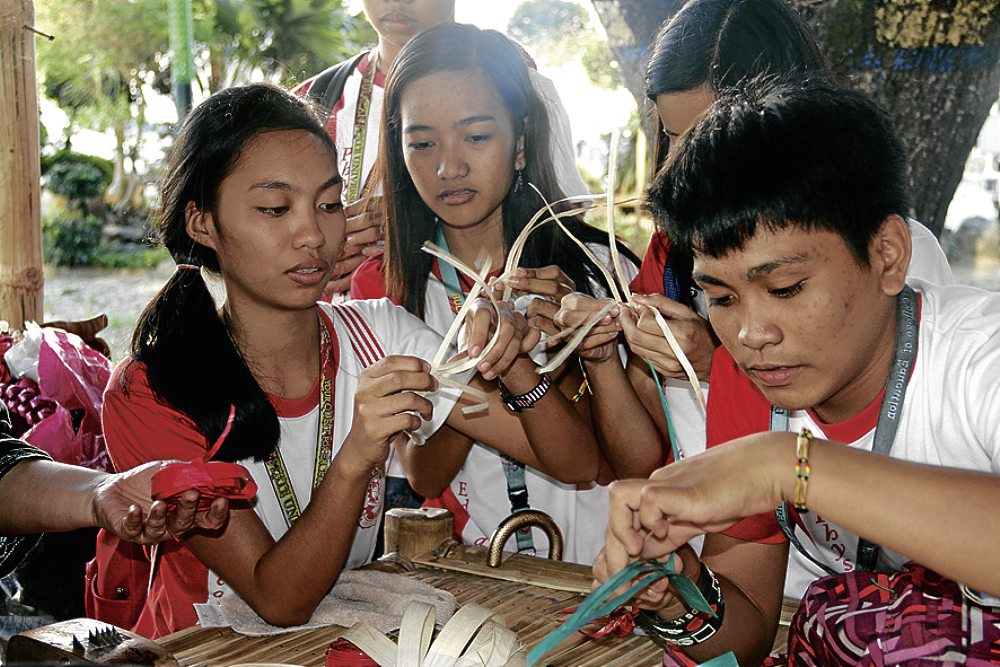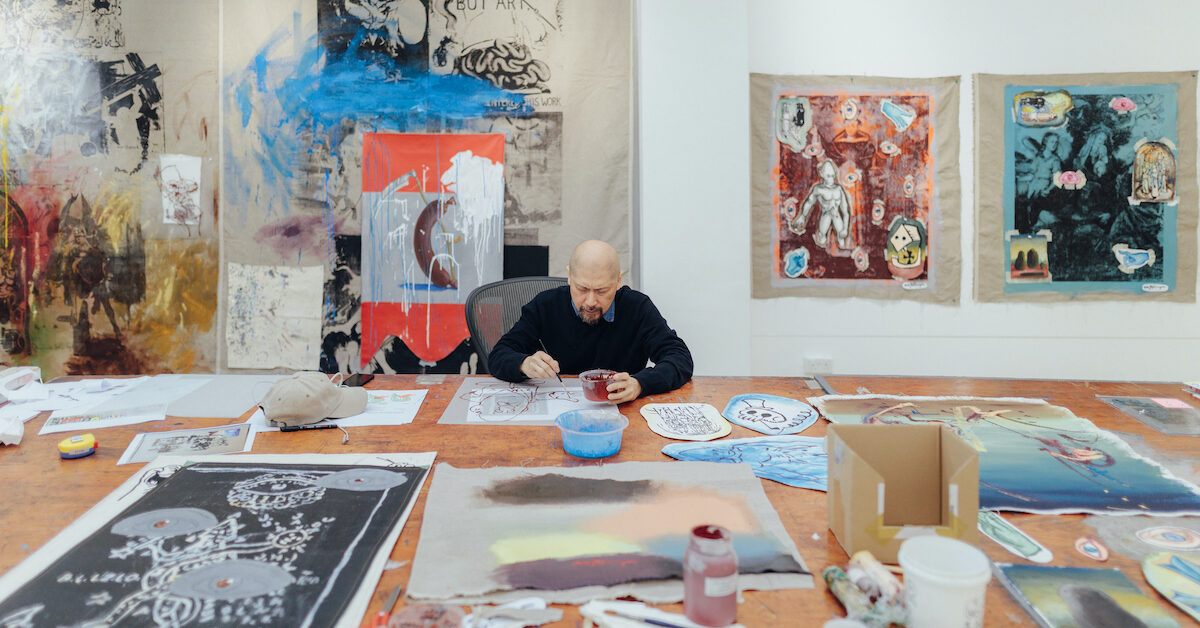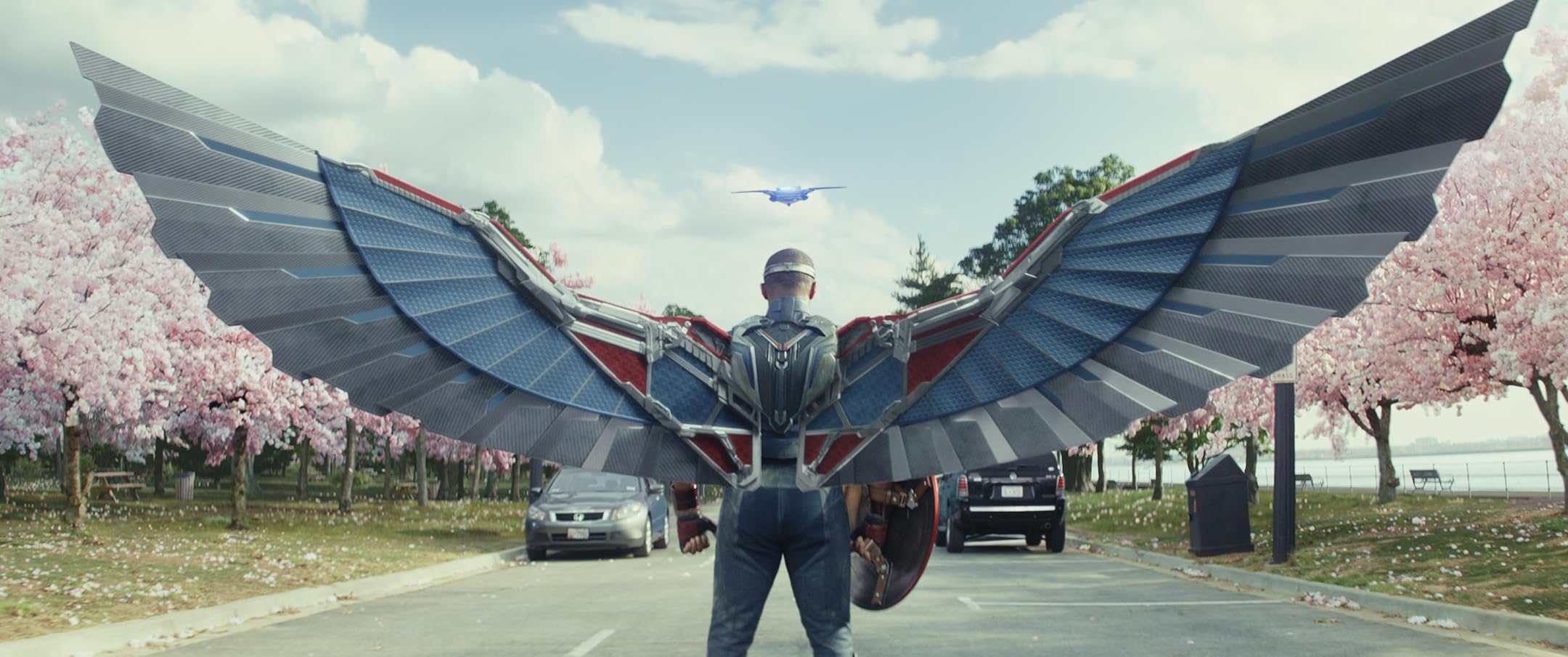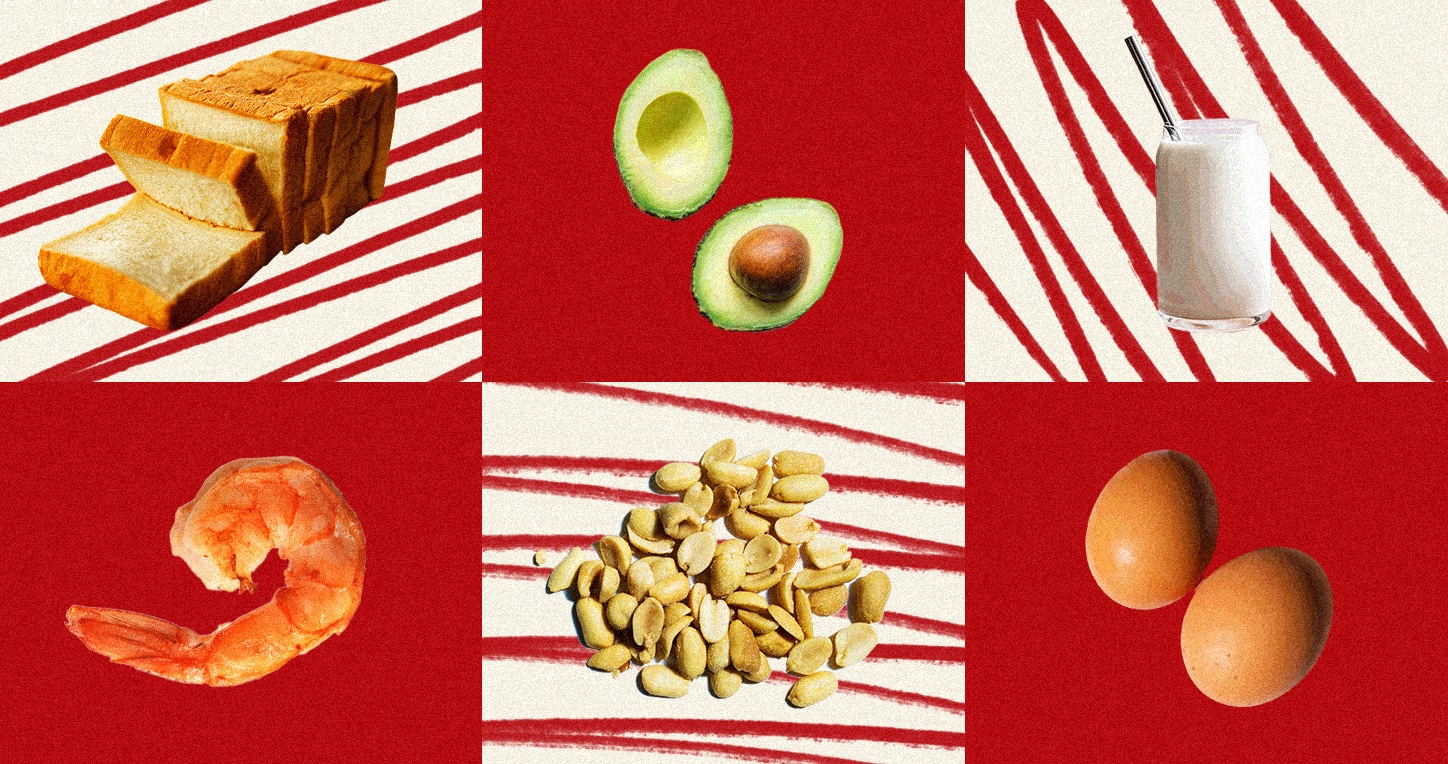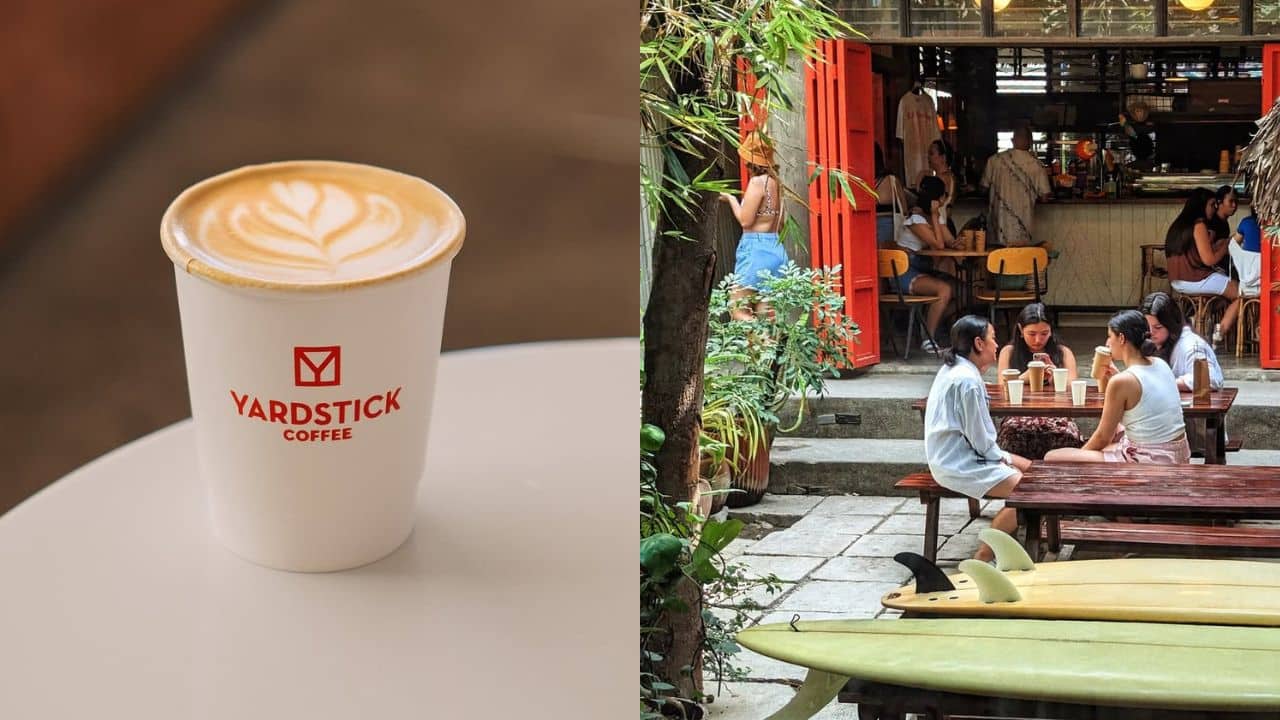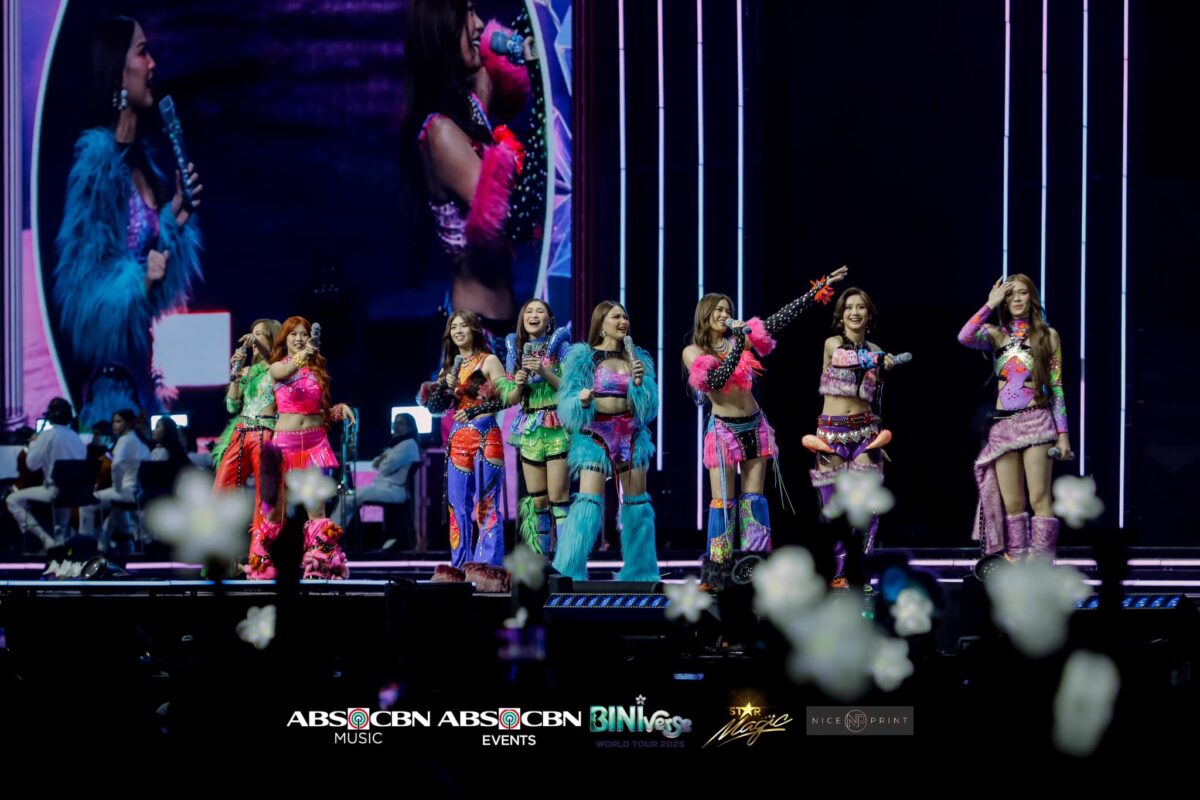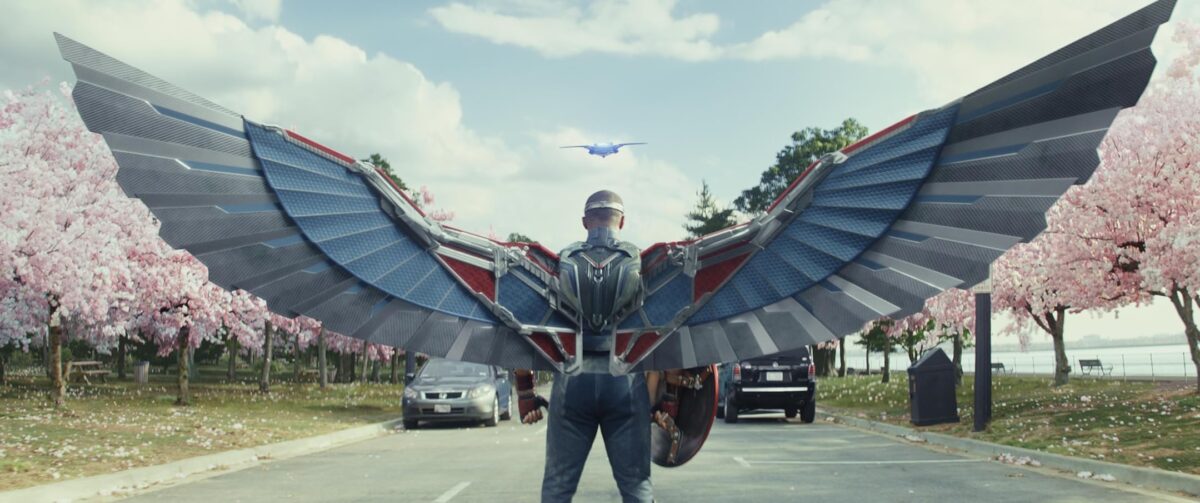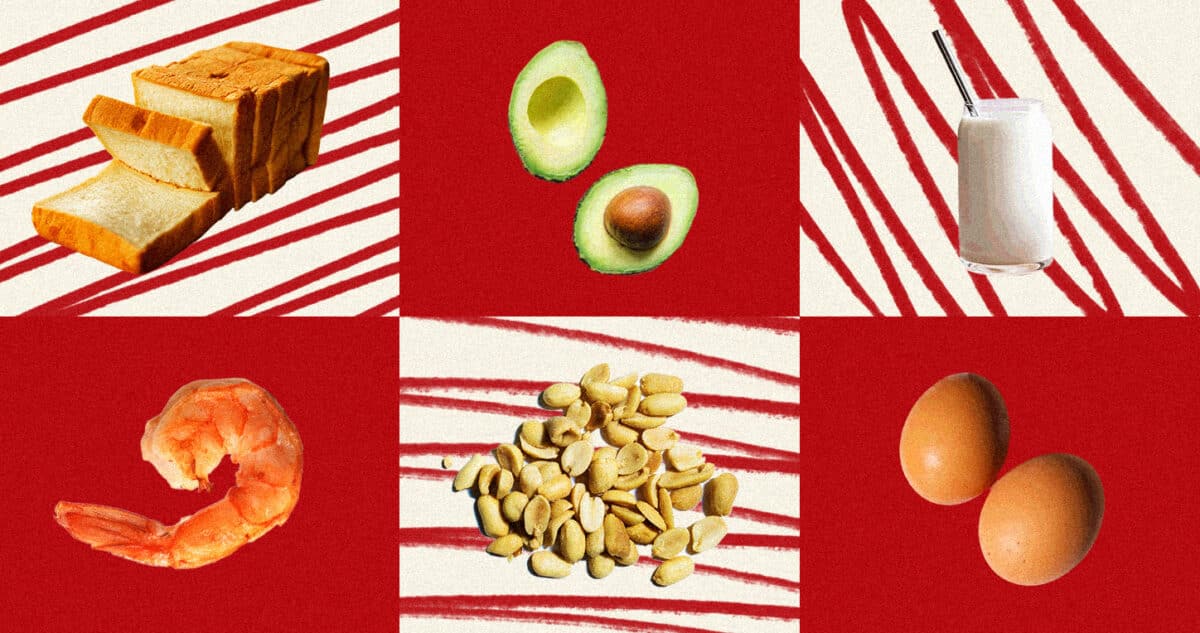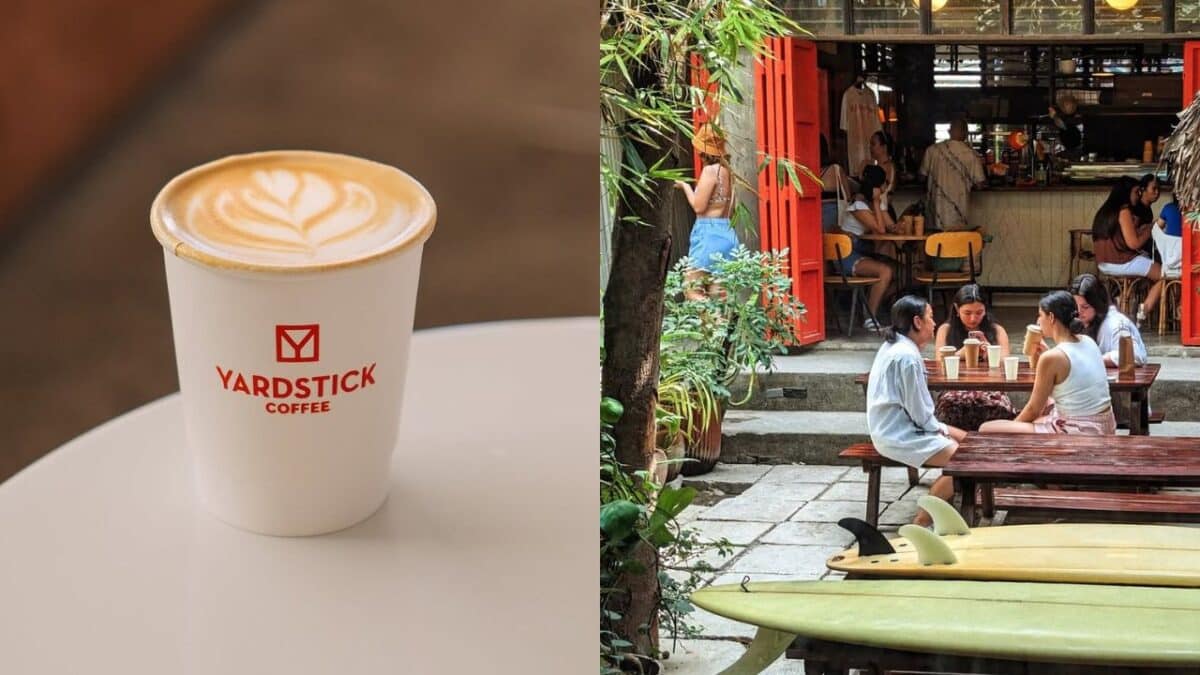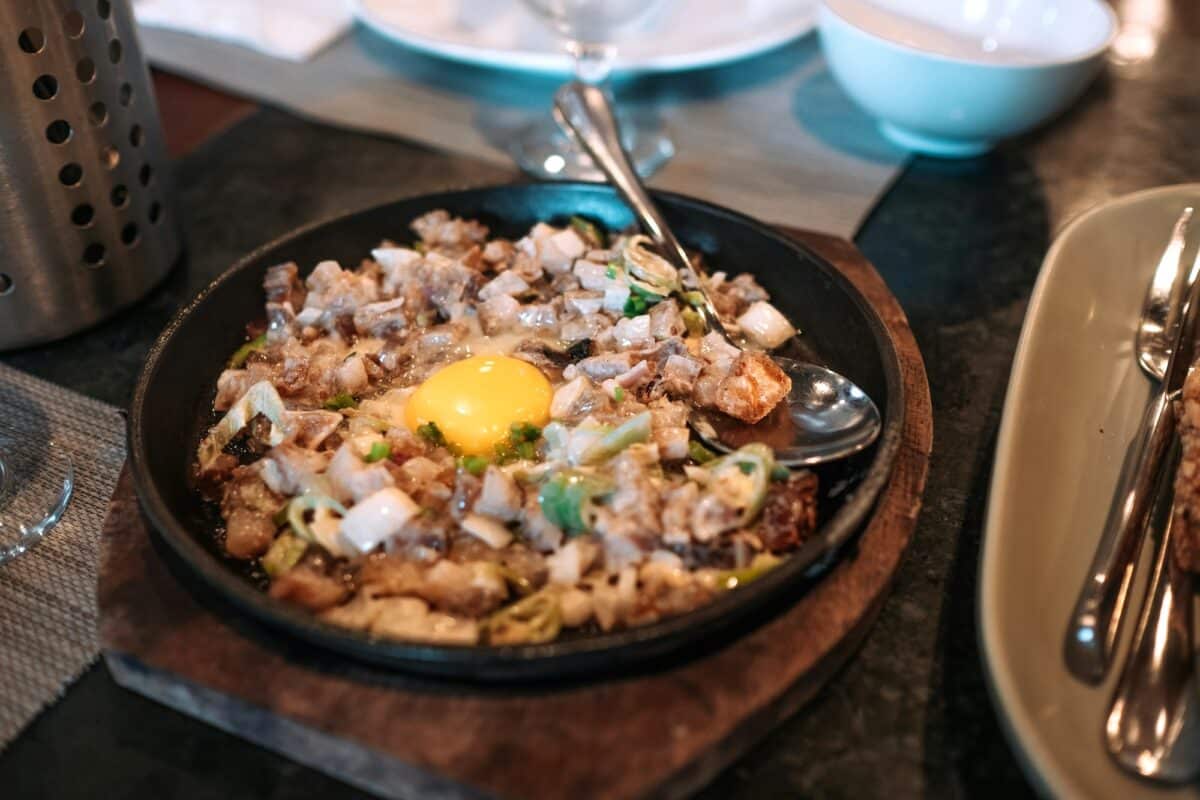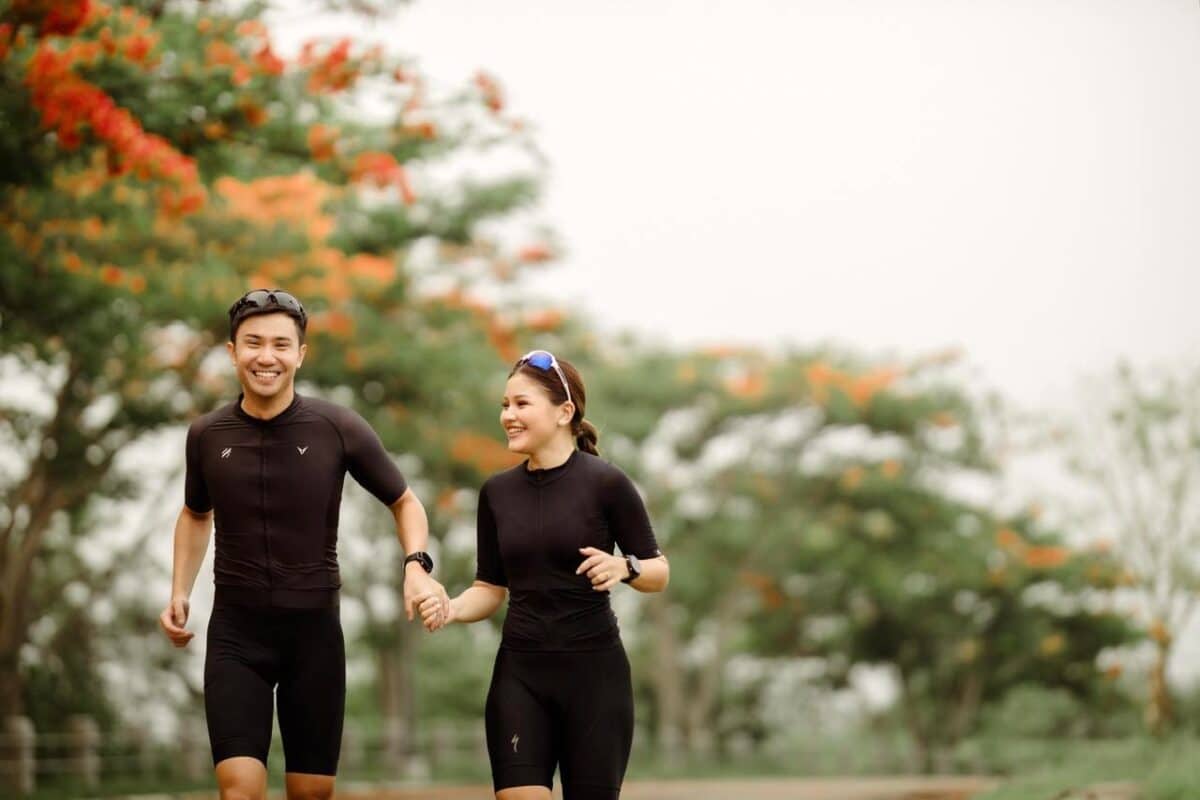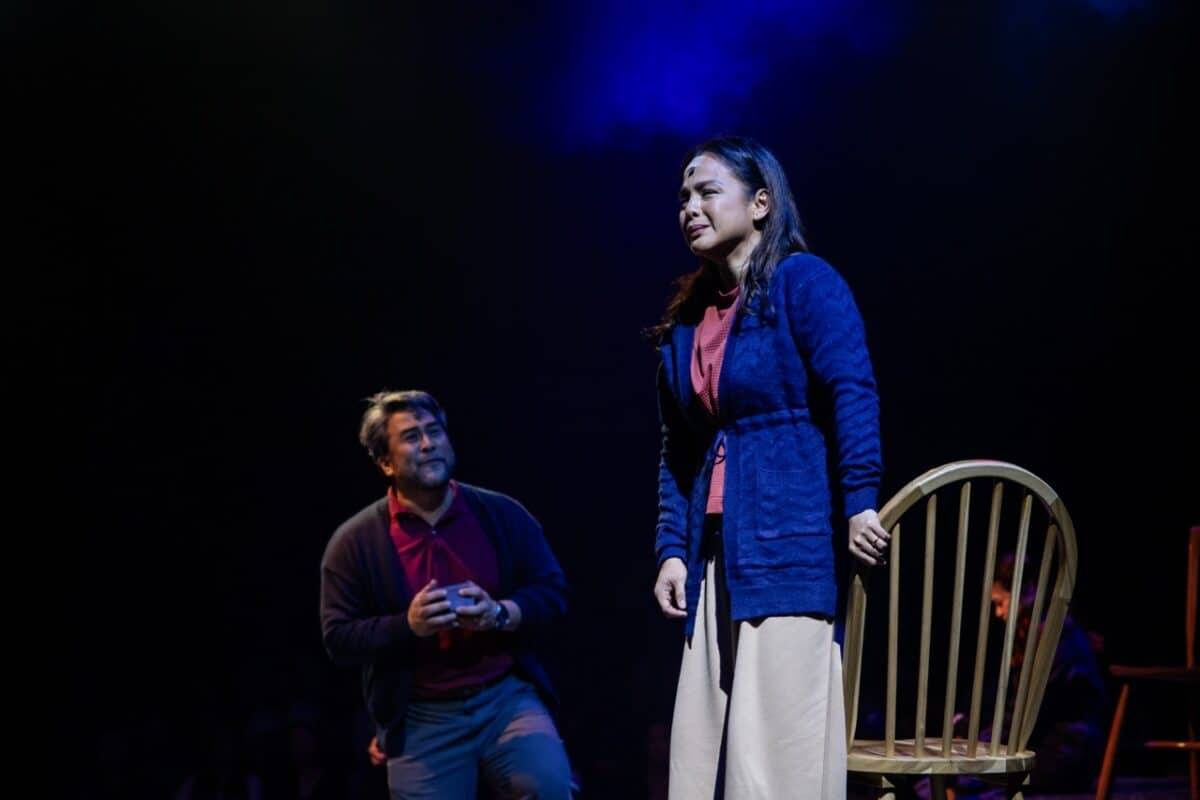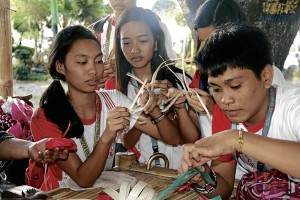
The 21 cultural masters of the National Commission for Culture and the Arts (NCCA) from its School of Living Traditions (SLT) were recognized during Dayaw, the largest celebration of indigenous cultures in the Philippines, at Barasoain Church in Malolos, Bulacan.
The cultural masters are the leaders and teachers of indigenous communities who have exceptional talents and who continue to maintain the SLT of the NCCA.
According to NCCA commissioner Joycie Dorado-Alegre, head of the NCCA Subcommission on Cultural Communities and Traditional Arts (SCCTA), a cultural master is determined by an evaluation of the SCCTA and by the members of a certain indigenous community with an SLT.
“The SLT has been there for about 13 years and, in the course, there are some members who have maintained the skills and some who haven’t. So we have studied [the groups] and these [cultural masters] are those who remained,” Dorado-Alegre said.
The recipients of the recognition are Michael Dexter Aliguyon (Ifugao); Ellenora Aliguyon (Ifugao); Emilia Alindayo (Ifugao); Rebecca Reyes (Ayta); Amparo Mabanag (Ga’dang); Cenia Lastrilla (Panay); Aurelio Damas (Panay); Nedecio Badac (Pala’wan); Gloria Emag (Tagbanua); Richard Impil (Ati of Negros Oriental); Marieta Mahinay (Ati of Aklan); Rodrigo Panganiban (Ati of Aklan); Delia Pauden (Ati of Antique); Janeth Hanapi (Jama Mapun); Kamaria Sabturani (Jama Mapun); Tirso Serdena, Francisco Eligio (Tagalog); Abay Tacalib (Sangir); Solaw Duca (Sangir); Florita Sobilos (Subanen); and Datu Josefino Gonlibo (Manobo).
The Indigenous People’s Festival, now called Dayaw, has become an annual conference to discuss issues affecting indigenous communities. This year, Dayaw focused on education and tourism.
“What we are always addressing is the sense of pride as a katutubo. I think every year there is always enhancement on that sense of pride, strengthening the sense of cultural identity, especially now.”
Interaction of communities
Dayaw 2012 witnessed indigenous communities interacting with other indigenous groups and other people.
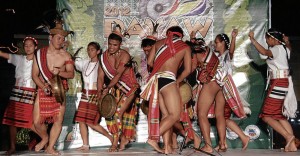
Reyes, an SLT cultural master from the Ayta community, said the Aytas had always exerted effort in preserving their traditions and culture.
“As a cultural master, the first thing that we teach is cultural awareness so that the tradition and culture that we are going to pass must be clear to the youth,” Reyes said. “We are teaching them through actual demonstrations of cooking, chanting and dancing.”
Included in the lessons is fostering a sense of pride. She said many members of the Ayta community were now starting to appreciate their customs and beginning to be confident with their identity.
Reyes said that, before, Aytas would be shy about wearing their traditional outfit. But because of the lessons, many now even volunteer not only in wearing the native outfit but also in flaunting their skills and culture.
The Aytas are very protective of their customs and traditions. Due to wrong researches and information, the Aytas have become more assertive in correcting misinformation. They’re also more ready in performing their native dances to the public. However, they are not in favor of non-Aytas imitating their cultural dances because they fear exploitation and debasement of their culture.
According to Reyes, the Aytas are also welcoming modernization.
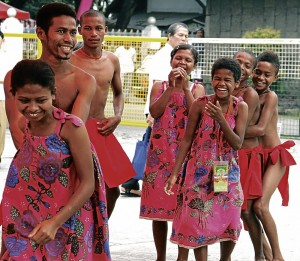
“I accept modernization. We adapt to the environment that we go to. If we go to the city, we dress and act accordingly,” she said.
“What we are also hoping is for non-indigenous people to adapt to our culture. But if they don’t want to adapt, we are just asking them to, at least, respect our own customs and not laugh at them.
“The Aytas are naturally peace-loving people. If we are being mocked and aggravated, we don’t fight back and we just shy away.”
Bulacan as host
Bulacan hosted this year’s Dayaw, held Nov. 27-29, with about 40 indigenous communities joining the gathering.
The participation of the people of Bulacan was overwhelming, as students from different parts of the province flocked to Malolos to interact with the indigenous communities.
“For the first time, I heard that the youths are very appreciative of the indigenous people because, before, they were just seeing them on posters and pictures, but now they get to interact with them,” said Dayaw festival director Sonny Cristobal, who predicted more National Artists to be named from Bulacan.
National Artists who are from Bulacan are Francisca Reyes-Aquino (Dance); Virgilio S. Almario (Literature); Amado V. Hernandez (Literature); Gerardo de Leon (Cinema); Guillermo Tolentino (Visual Arts); and Ernani Joson Cuenco (Music).
Other notable artists from Bulacan are musicians Francisco Santiago and Nicanor Abelardo.
Next year, the NCCA-SCCTA is aiming to bring Dayaw to the Visayas.

